What is Man Overboard Situation on Ship – Different Ways to Tackle it
Man overboard is a situation wherein a ship’s crew member falls into the sea from the ship, no matter where the ship is sailing, on open seas or in still waters in port.
A seafarer has to be very careful while performing their duties on board a vessel as it can never be taken for granted that a person cannot fall off the ship due to bad weather, swell in the sea, accidents, and negligence.
A man overboard is an emergency situation, and it is essential to locate and recover the man overboard person as soon as possible as due to bad weather or rough sea, the crew member can drown or else due to temperature of the cold water, the person can get hypothermia.
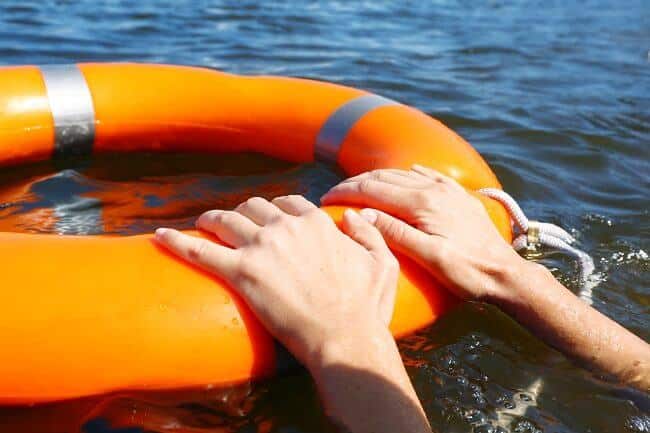
What Is Hypothermia?
Hypothermia is a situation wherein there is an extensive loss of body temperature due to prolonged contact of the body with cold water, and the body’s normal metabolism and functions get affected.
A person will fall unconscious after 15 minutes in water with a temperature of 5 ̊ C.
Actions to be Taken during Man Overboard Situation
The initial and early sighting of the fallen crew plays a vital role in increasing the percentage of saving their life. The actions for a MOB mentioned below are extremely urgent and must be taken without delay to save the life of the person who has fallen overboard.
- Shout ‘Man Overboard on Starboard side/Portside’.
- Change over to hand steering from auto and put the wheel hard over to the respective side (port or starboard).
- Release MOB marker from the side of the bridge wing to which MOB has occurred. This marker is buoyant and has a self-igniting light and self-activating smoke signal.
- Press the MOB button on the GPS to mark the casualty’s position for future reference.
- Sound’ O’ on the whistle (Three prolonged blasts). This is to let the Master and the crew know about the emergency situation. Supplement this with the appropriate ‘O’ flag.
- Post extra lookout as soon as possible.
- Sound the General Alarm on the ship’s whistle to alert everybody to proceed to stations. This is to ensure that if the crew has not understood the three prolonged blasts for MOB, they are alerted regardless and proceed to muster stations to assist in the recovery of the person.
- Thereafter, announce the MOB situation on the ship’s PA system.
- Inform the engine room of the situation that manoeuvring will be required.
- Execute the Williamsons turn (explained later).
- Keep a keen eye on the RADAR/ARPA and put the VHF on Channel 16.
- Maintain a record of all the events in the Bell book.
- Carry out Master’s orders.
- The Chief Mate should take over all decisions based on deck, about lowering survival craft, boarding ladder, etc.
- The Third Mate ought to assist the Master on Bridge.
- The officer in charge at the moment must send out an “Urgency signal” on all the communications systems to let ships in the vicinity know about the situation.
- Keep the lifebuoy (MOB marker) in sight.
- The rescue boat should be manned adequately to carry out the rescue operation. Everyone should wear a personal location beacon.
- The officer in the rescue boat must carry a portable handheld VHF
- Once the person is rescued, the rescue boat must be picked up upon arrival close to the ship along with the lifebuoy and hoisted back.
- Immediate first aid should be administered if required.
- An ‘Urgency Signal’ must be sent out to cancel the last transmitted MOB alert.
- Appropriate entries must be made in the Ship’s Logbook.
- The Master must conduct an enquiry concerning the MOB incident and all entries made in the Ship’s Logbook.
- The engines are not stopped immediately to keep the person away from the propeller. The same is the case for wheeling hard over to the casualty’s side as it is done to keep the stern away from the casualty.
Screaming about the MOB when the mishap is realised is of paramount importance to use all manpower available for immediate use. Also, sighting a person amidst the glare during daylight is hard as visibility is compromised. Hence, immediate action is needed in such a situation to avoid fatalities in such circumstances.
The lifebuoy also adds to the life-saving process as the smoke signal leaves a conspicuous mark by the day or night. It is also important to pick up the lifebuoy to not confuse any other ships passing by about the status of the MOB. They must not assume that there is a MOB in the vicinity and proceed towards helping the person when he has already been rescued. Also, one must always wear a life jacket while working, and if one falls overboard, one should not waste energy by thrashing the waves or panicking in the water.
Entries in the Ship’s Logbook hold great legal importance and should be made carefully. Always try to succeed in the first attempt, as even a little delay can cause a human life.
The Williamson Turn
- Note the position of the ship
- Put wheel hard over to the side of the casualty
- After the ship has altered course by about 60 degrees, put the wheel hard over to the other side
- When the vessel is 20 degrees short of the reciprocal course, wheel on the midship
The Scharnow Turn
- Put the rudder over hard toward the person
- After deviating from the original course by about 240 degrees, shift the rudder hard to the opposite side.
- When heading about 20 degrees short of the reciprocal course, put the rudder amidships so that vessel turns onto the reciprocal course.
The Anderson Turn
- Stop the engines.
- Put the rudder over toward the person.
- When clear of the person, go all ahead full, still using the full rudder.
- After deviating from the original course by about 240 degrees (about 2/3 of a complete circle), back the engines 2/3 or full.
- Stop the engines when the target point is 15 degrees off the bow. Ease the rudder and back the engines as required.
Frequently Asked Questions
1. What is the meaning of man overboard?
Man overboard is an exclamation given onboard when a crew member or a passenger falls off the ship into the water and needs immediate rescue.
2. What should a person do if one sees a man overboard?
The person who sees a man overboard should raise the alarm and shout ‘man overboard!’ loud and clear to alert all crew members. They should maintain eye contact with the person who has fallen. If the person is close to the ship, floatation equipment should be lowered in his direction. Otherwise, the rescue team should be deployed.
3. What are the dangers of man overboard?
Man overboard is an emergency situation, and the person overboard should be rescued as soon as possible. It might become difficult to locate him in case of strong waves or bad weather. He could also drown or die of hypothermia if action is delayed.
4. Which manoeuvre of man overboard is an immediate action situation?
The Williamsons turn is a manoeuvre to bring the ship or vessel back under power, back to a point it already passed through, to recover a casualty at sea. It is named after John Williamson, who used it in 1943 to save a person who had fallen overboard.
5. What do you throw to a man overboard?
If the person is close and not wearing a life jacket, then you must throw one at him. Secondly, you could also throw a lifebuoy ring, a horseshoe etc. In such a situation, anything that floats is beneficial.
You might also like to read
- Important Features of Muster List on Ship & Different Types of Alarms on Ship
- 3 Important Man Overboard Recovery Methods Used At Sea
- Real Life Accident: Man Overboard Buoy Stays On Board
- Facts About Man Over Board Rescue System
- Real Life Incident: Man Overboard Hazard Goes Unnoticed Until Deadly Accident
Disclaimer: The author’s views expressed in this article do not necessarily reflect the views of Marine Insight. Data and charts, if used, in the article have been sourced from available information and have not been authenticated by any statutory authority. The author and Marine Insight do not claim it to be accurate nor accept any responsibility for the same. The views constitute only the opinions and do not constitute any guidelines or recommendations on any course of action to be followed by the reader.
The article or images cannot be reproduced, copied, shared or used in any form without the permission of the author and Marine Insight.
Do you have info to share with us ? Suggest a correction
Latest Ship Safety Articles You Would Like:

About Author
An ardent sailor and a techie, Anish Wankhede has voyaged on a number of ships as a marine engineer officer. He loves multitasking, networking, and troubleshooting. He is the one behind the unique creativity and aesthetics at Marine Insight.
Subscribe To Our Newsletters
By subscribing, you agree to our Privacy Policy and may receive occasional deal communications; you can unsubscribe anytime.



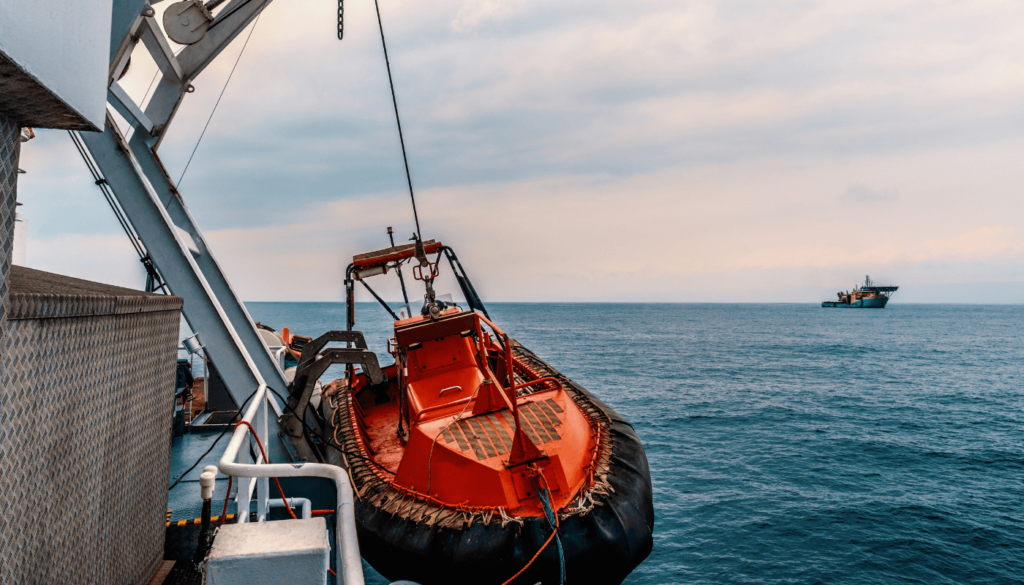
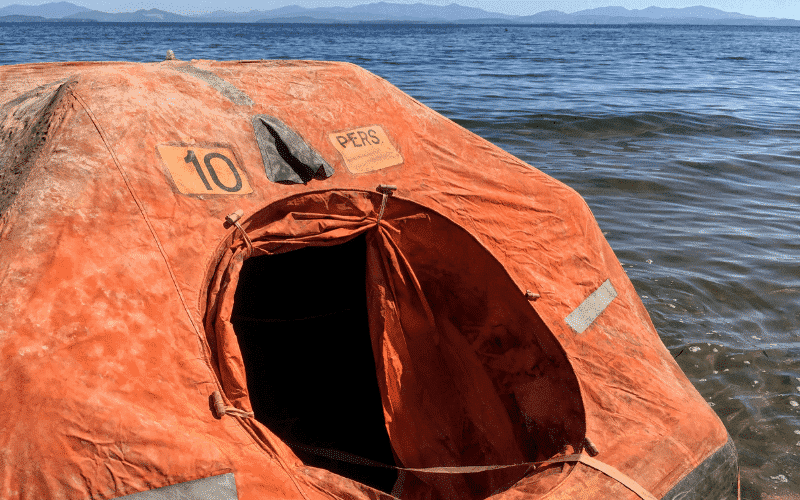
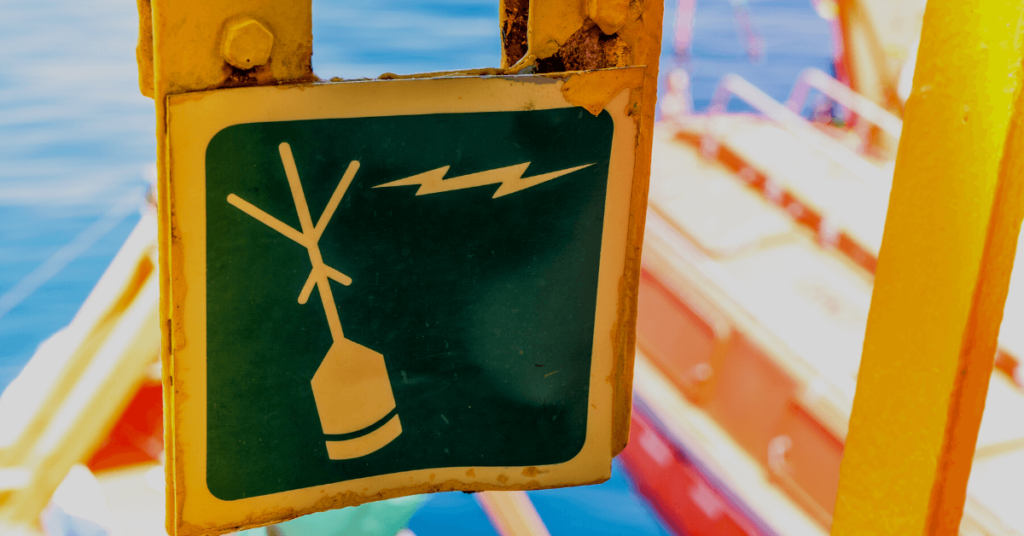
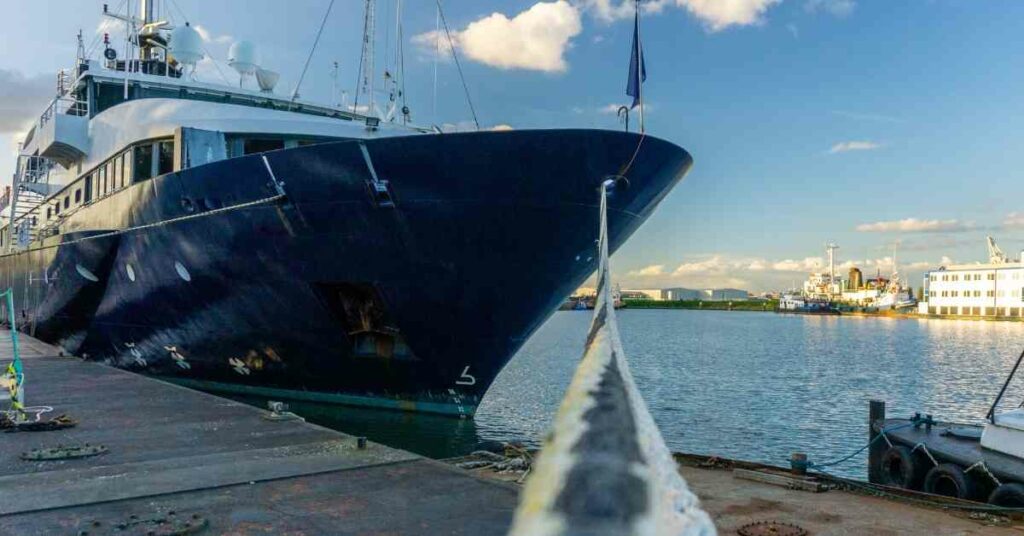
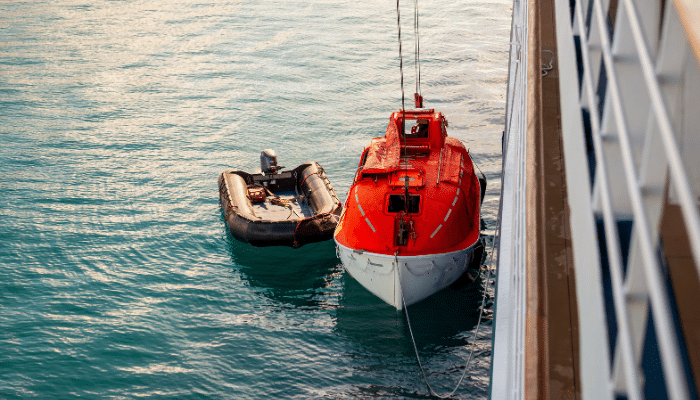
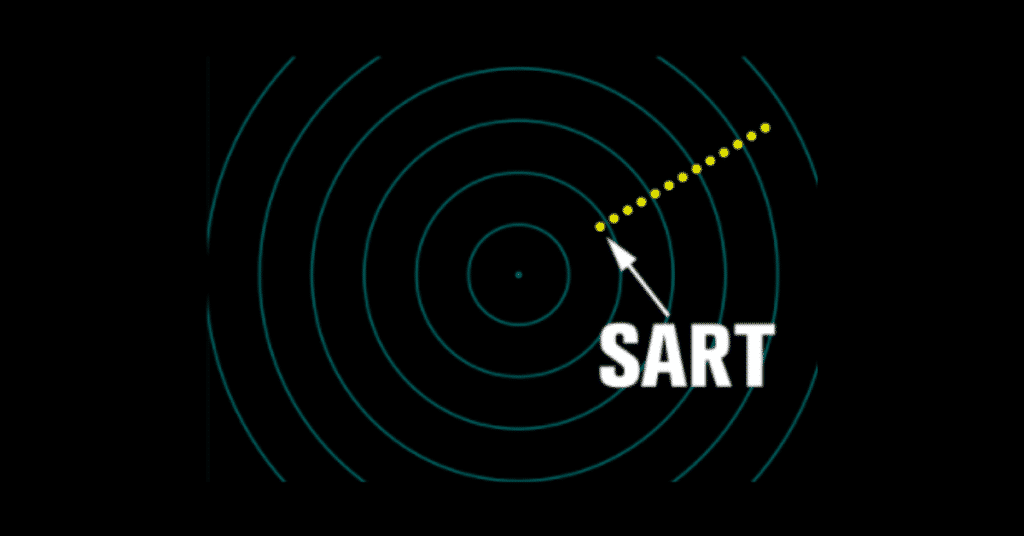

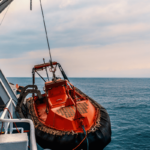
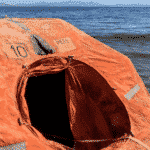
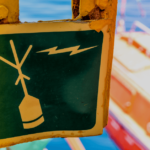
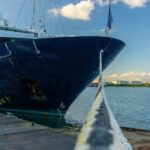
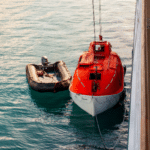
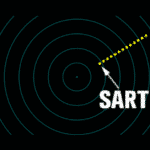
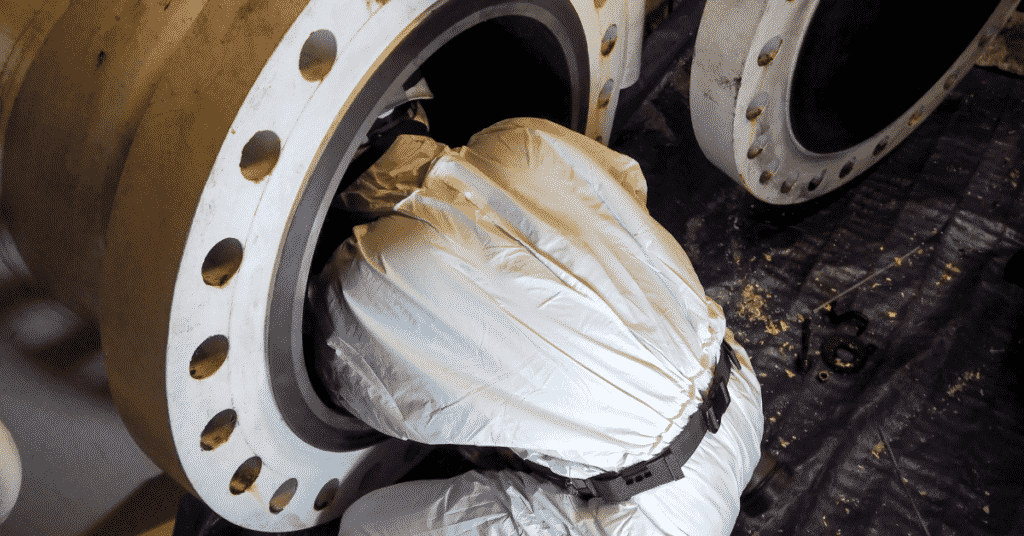

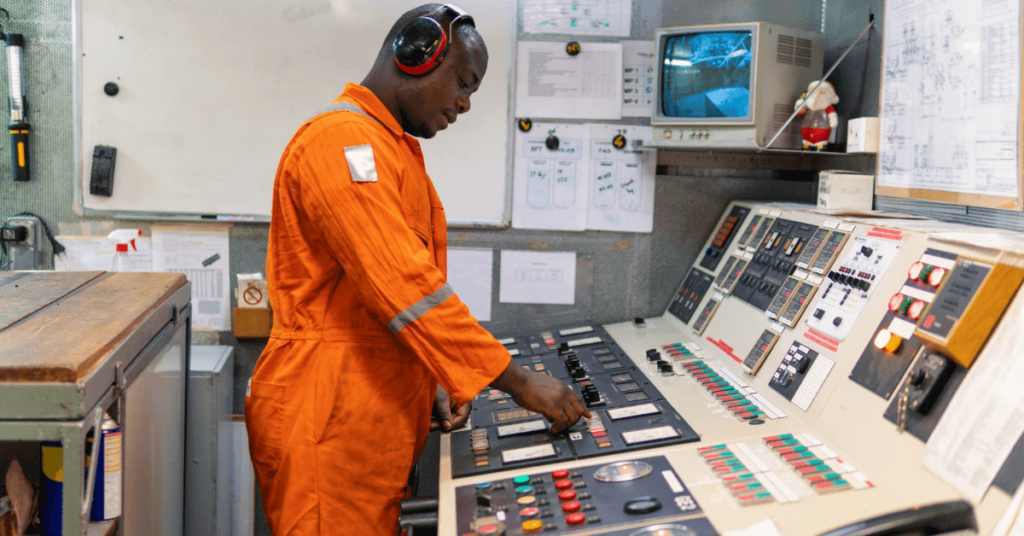
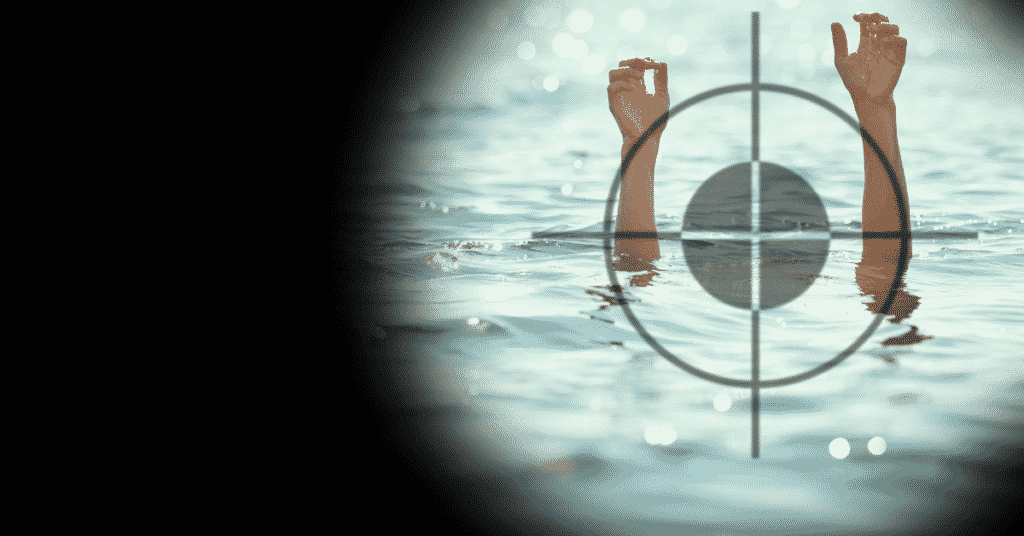
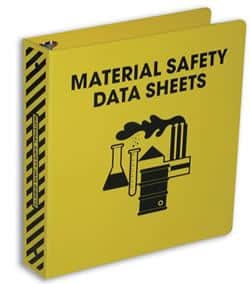
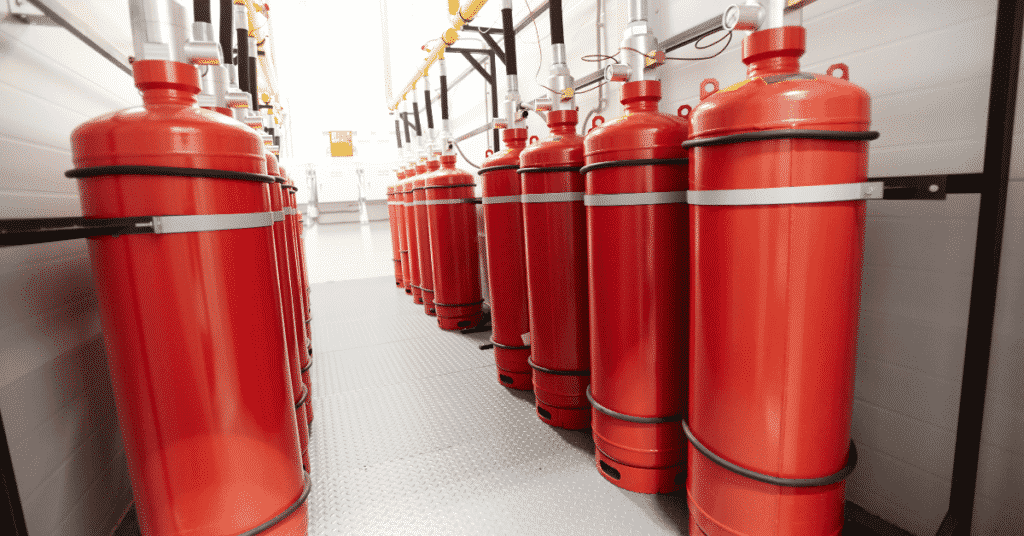
The mate on the bridge must push the GPS MOB button that it wiil record the position the crew member was fallen and other the mate must turn to side where crew member fell, he must keep the propeller clear from the crew member in the water.
Appreciate all the important aspects you mention and I may add If it happen during the hour of darkness, suggest to execute the “Williamson Turn” to keep track on the victim as close as possible.
I completely agree with you.
Thanks for the valuable info.
ohhhhh, really?
The firs person, who locate the man overboard will drop the life ring and say Man Overboard, inform the navigational bridge and constantly looking for the man. OOW will push button GPS MOB informing master and others ships via VHF.
Very informative although some are already mentioned during the trainings but during the event of man overboard panic and stress to the officers to do the recovery. The best way is to have the bi-monthly exercise.
I wonder when and how we should use the code flag O and how boats in sight should react when seeing it/
4 things which are never told in the booklets:
1) All people react differently in a real situation. Some people parralyze and other may need to take the lead.
2) You are searching a very small object. All you will see is the persons head, in a choppy wild sea. Not easy at all.
3) The mob boat works nice in smooth seas, surely a dangerous piece of equipment in seas or swell.
4) Propeller effect when coming astern is not working is moderate or high swell. Taking no 3 in consideration it might be wiser to manoeuvre astern to the person in the water and push the Emergency stop of the M/E close to the casualty once you where able to throw a bouy with a line, enabling to pull the person to a pilot ladder.
@Richard:
Excellent. Thank You for sharing these valuable points.
With our modern cruiseships it is not wise to put the wheel hard to port or starboard when steaming full ahead: the ship will get a list, making a mess inside the ship. First give 3 degrees rudder and wait until the ship starts turning, then add a few degrees rudder, wait until the ship is turning faster and so on.To put the wheel hard to port or starboard in small steps will keep the ship upright with a little list without making a mess inside the ship.
Thank you very much, @W van Pruissen for your valuable input.
The single delayed turn cam someday explain